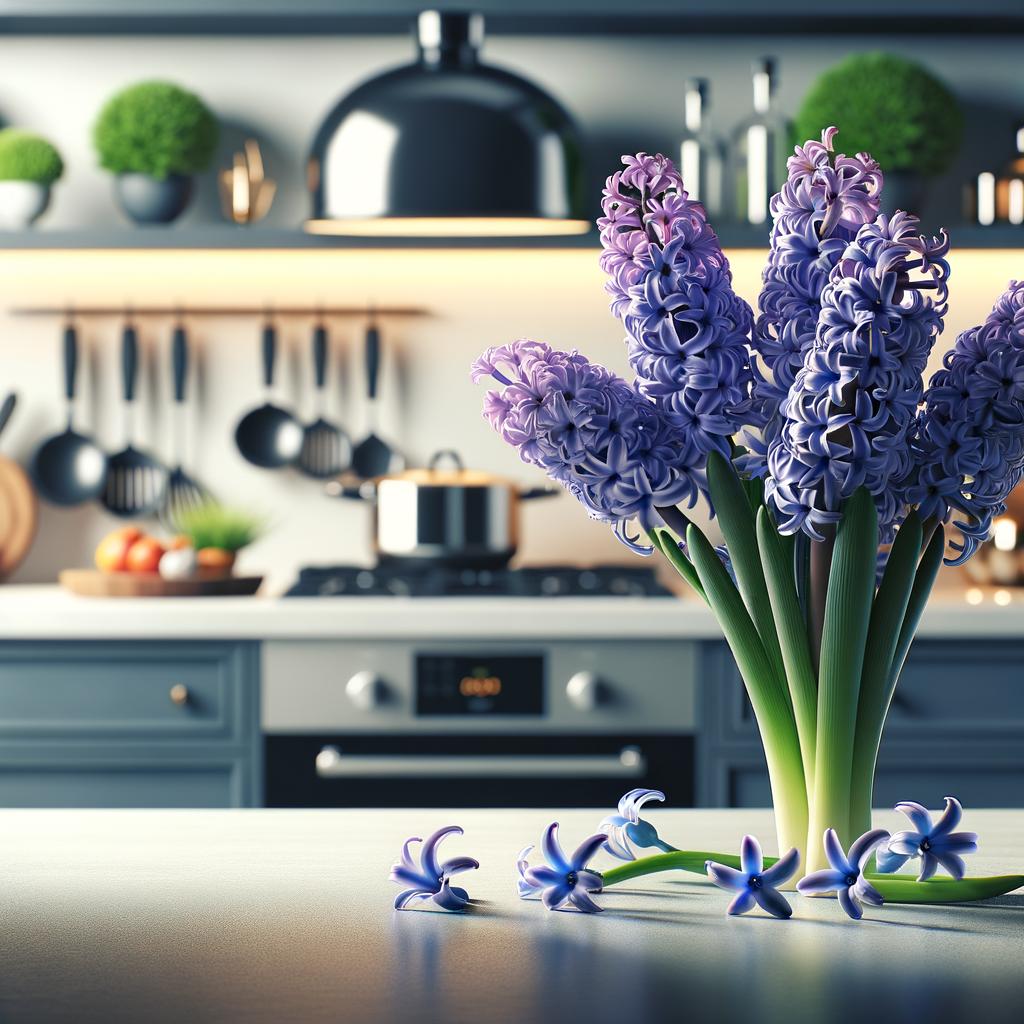Hyacinth Flowers

Description
Hyacinth flowers, known for their vibrant hues and intoxicating fragrance, are a delightful addition to the culinary world. They come in a variety of colors, including shades of pink, purple, blue, white, and yellow, each with a unique, delicate flavor. The texture of these flowers is soft and velvety, providing an elegant touch to any dish. Their flavor profile is subtly sweet, with a faint earthy undertone that is reminiscent of their springtime bloom. What sets hyacinth flowers apart from other edible flowers is their intoxicating aroma, which adds an olfactory dimension to the dining experience.
Primary Uses
In culinary arts, hyacinth flowers are often used as garnishes, adding a splash of color and a hint of sweetness to both sweet and savory dishes. They are a key component in some Middle Eastern cuisines, where they are candied or used to flavor syrups and beverages. In addition, the flowers are sometimes steeped in hot water to create a fragrant tea. Beyond the kitchen, hyacinth flowers are also known for their medicinal uses. In traditional medicine, they have been used to soothe the nerves, relieve pain, and treat skin conditions.
History
The history of the hyacinth flower is steeped in Greek mythology. According to legend, the flower sprang from the blood of the youth Hyacinthus, who was accidentally killed by his lover, the god Apollo. The flower's name and its symbolic association with rebirth and new beginnings come from this myth. Over time, the hyacinth flower has become a symbol of love and beauty in many cultures. Its culinary use, however, is a more recent development, growing in popularity as the trend for edible flowers has blossomed.
Nutritional Information
Hyacinth flowers are not just pretty, they are also packed with nutritional benefits. They are a good source of Vitamin C, a powerful antioxidant that boosts the immune system. They also contain a fair amount of dietary fiber, which aids digestion. In comparison to other edible flowers, hyacinth flowers stand out due to their unique combination of nutrients, flavor, and aroma. However, it's important to note that while hyacinth flowers are edible, the bulbs of the plant are toxic and should not be consumed. As always, moderation is key when incorporating new ingredients into your diet.

